Resources for Preventing Needlestick Injuries
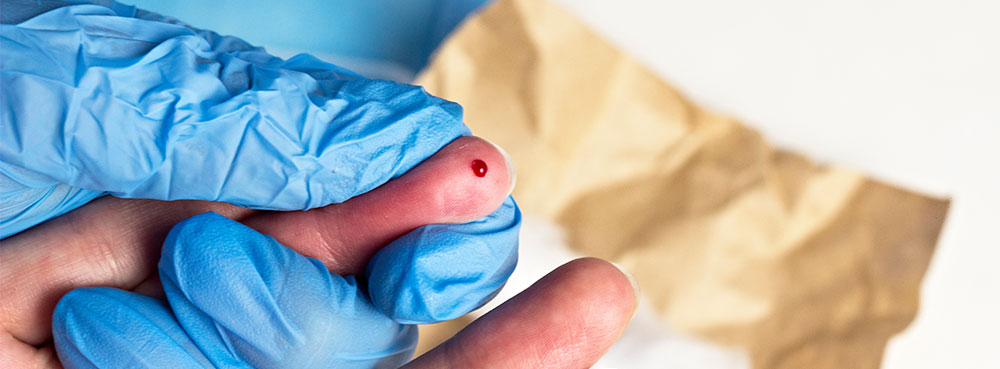
Needlestick injuries come with a cost – both a financial cost and a human cost. But with the right strategies in place, they are avoidable. In this blog, we’ll be sharing some helpful resources for preventing needlestick injuries – including the two new resources released by NHS Resolution.
TOPICS WE WILL COVER:
3 / The leading causes of needlestick injuries
4 / The sad truth about needlestick injuries
5 / Protecting healthcare workers
6 / 11 Tips for preventing sharps injuries
7 / Let’s prevent sharps injuries together
The Financial Cost
The two newly released resources on “Preventing Needlestick Injuries” from the NHS highlight some of the costs associated with needlestick injuries. Between 2012-2022*, the NHS has received 2,600 claims for needlestick injuries which are often costly to investigate – and that’s before the real costs come into it. Of the 2,600 claims between 2012-2022*, there were 1,947 successful claims – costing the NHS £10,799,616 (total damages plus legal costs). And this figure is expected to rise as there are 167 claims still open.
Interestingly, of the 1,947 successful claims received in that time period, only 432 were by clinical staff with the majority (1,460) received from ancillary workers including cleaners, porters, laundry and maintenance staff, and 55 from other occupations. But the financial cost is only a part of it, what about the human cost of a needlestick injury?
The Human Cost
There’s no “convenient” time for a sharps injury to occur. As well as the obvious costs associated with the investigation and settlement of a needlestick injury claim, there are also several hidden costs:
- The stigmatism attached to reporting a sharps injury.
- The stress and anxiety while waiting for test results, which sometimes take months to come through.
- The distressing side effects of antiviral drugs that cause suffering to both the victim and their families.
-
The loss of time and labour to sickness as a result of the incident.
As is evident, the human cost is far too high for an injury that with the right equipment and processes in place can be easily prevented. To learn more about how sharps injuries can be avoided, let’s take a look at some of the leading causes of them.
The Leading Causes of Needlestick Injuries
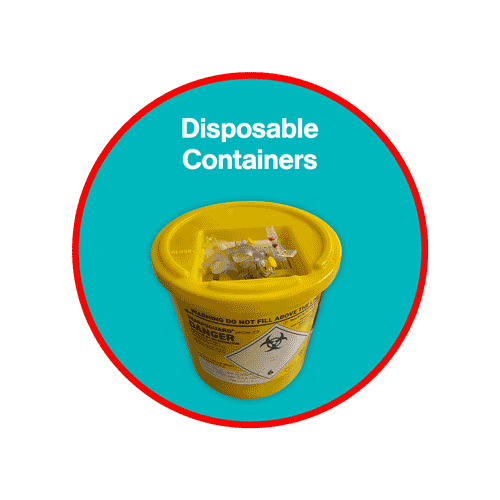
When it comes to needlestick injuries, we’re striving to create a no-blame no-shame culture around the reporting of them. That being said, there are some leading causes of sharps-related injuries that need to be addressed throughout the healthcare industry.
Some of the leading causes of needlestick injuries in the UK include
- Lack of awareness around sharps safety and injury risks.
- Not using safer sharps and safety-engineered devices for sharps waste containment.
- Improper disposal of clinical waste and overfilled sharps bins.
- Lack of awareness around standard infection control precautions.
-
Lack of understanding of The Health and Safety (Sharp Instruments in Healthcare) Regulations 2013.
The Sad Truth About Needlestick Injuries
As a business, we’ve always been committed to the mission of making healthcare safer and preventing needlestick injuries has been at the forefront of our vision since day one. And although we’ve made a major impact in reducing needlestick injuries, we understand that this is an issue that cannot be solved with a single, isolated solution. The Royal College of Nursing (RCN) conducted their Blood and Body Fluid Exposures in 2020 study which identified a disturbing rise in the number of blood and bodily fluid exposure (BBFE) incidences – including sharps injuries among RCN members in the UK in 2020.
- 15% of respondents had suffered a sharps injury in 2020, a significant increase from 2008 when the study was previously conducted.
- 3% of those surveyed had received multiple sharps injuries during that year.
- 21% of sharps injuries occurred during disposal.
- 25% pointed to a lack of safety equipment being readily available.
-
38% reported they hadn’t received training on all the safety-engineered devices (SEDs) they use.
These statistics, among the many other needlestick injury reports we see on a regular basis show that preventing needlestick injuries cannot be completely eliminated single-handedly, or with any one product offering.
There needs to be an overarching strategy that encompasses needlestick injury prevention in its entirety and covers:
- Procuring safer sharps.
- Procuring safety-engineered devices for sharps waste containment.
- Industry-wide reporting of needlestick injuries.
- Optimised container placement.
- Staff education and training.
-
Addressing indirect factors such as fatigue, poorly lit environments, staff shortages, etc. that increase injury risk.
Protecting Healthcare Workers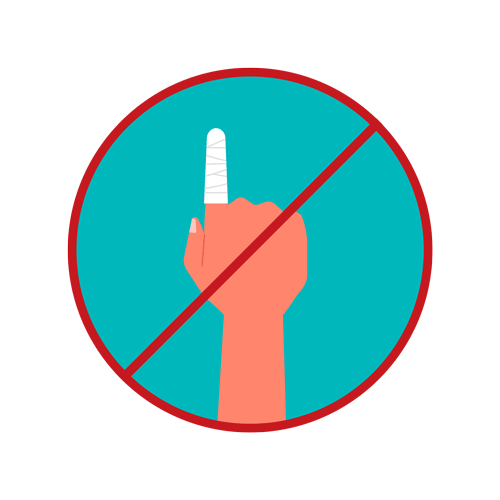
Earlier this year, the Royal College of Nursing (RCN) released their “RCN Guidance for the Prevention and Management of Sharps Injuries” One of the areas explored within the sharps safety guidance is the framework referred to as the hierarchy of controls. A key component of protecting healthcare workers from sharps injuries is identifying and implementing the most effective ways to control workplace hazards.
The five-level hierarchy of controls can prove to be a helpful tool for doing so:
- Elimination or substitution – Eliminate unnecessary injections and use safer alternatives to sharps-related equipment.
- Engineering controls – Safer needle devices and sharps containers.
- Administrative controls – Introducing safety policies and training programmes.
- Work practice controls – Changing staff behaviours and introducing standard precautions.
- PPE – Protecting healthcare workers with personal protective equipment.
The hierarchy of controls is a tried and tested framework that helps to reduce sharps injuries – there are also other tools that can be used to help make your healthcare environment safer when it comes to sharps.
11 Tips for Preventing Sharps Injuries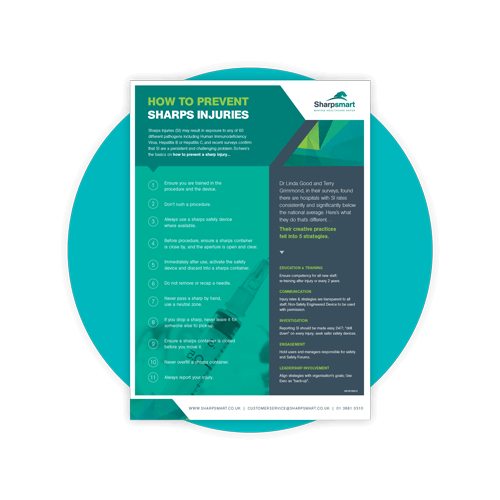
The “How to Prevent Sharps Injuries” poster is available as a free download and lists 11 helpful tips:
1. Ensure you’re trained in the procedure and the device.
2. Don’t rush a procedure.
3. Always use a sharps safety device where available.
4. Before procedure, ensure a sharps container is close by, and the aperture is open and clear.
5. Immediately after use, activate the safety device and discard into a sharps container.
6. Do not remove or recap a needle.
7. Never pass a sharp by hand, use a neutral zone.
8. If you drop a sharp, never leave it for someone else to pick-up.
9. Ensure a sharps container is closed before you move it.
10. Never overfill a sharps container. Never.
11. Always report your injury.
Let’s Prevent Sharps Injuries Together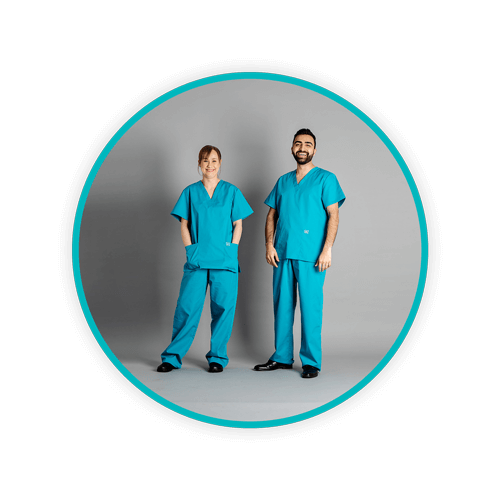
Sharpsmart has been actively making healthcare safer in the UK for over 20 years and we set the ISO standard with our safety-engineered reusable sharps containers – proven to reduce needlestick injuries by up to 87%. Our inside-the-four-walls approach and optimised waste management solutions ensure that containers are always placed in the right places and that staff are educated and trained on best practices with point-of-use disposal. For more information, speak to one of our sharps injury prevention experts.

